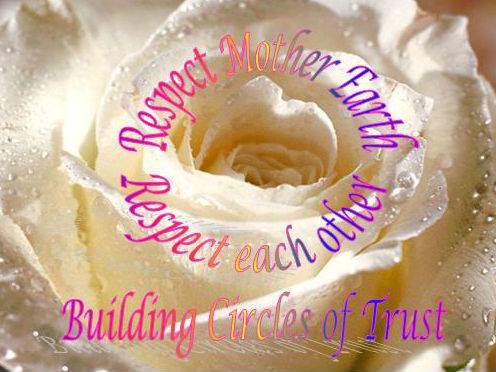
This is a closer look at the reality of how we decide, not about the pros and cons of our decisions.
Let’s begin with how we choose what we ingest. Waking from sleep, what do we eat and/or drink first? A cup of hot coffee, tea or just hot water? A hot beverage may cause blood sugar levels to rise temporarily, giving an energy boost. Heat signals a release of glucose from cells into the blood stream.
Do you then have eat something? What? Why eat?/Why not? The same thing every day?
Suppose you have cereal (hot or cold) most days. Why? Taste? A comfort food? No preparation is required? Perhaps you feel there’s no time to prepare eggs or something else. Why is there not enough time? How might we decide that? Have you ever had soup for breakfast? Leftovers? When was the last time you changed what you usually eat? Yesterday? Last Week? Decades ago?
Yes. We are creatures of habit. Habits are convenient, requiring little thought. Companies, which provide food products, however, are constantly modifying their products. Change is necessary and normal. Are we keeping an eye on what is now offered? Do we consider how it affects us?
The shape and orientation of components, i.e., molecules, determine how the body reacts. There are left and right-handed molecules. Our bodies are designed to accept certain shapes and reject others. The hydrochloride [HCl] form of a molecule is more acceptable to the body than a mononitrate [NO3]. Vitamin B1, a coenzyme which affects the nervous and endocrine systems, etc., by affecting our nerve endings is one example. Ingested Thiamine HCl is used by the body ten [10] times as much as the nitrate [NO3] form, Thiamine NO3, due to the difference in the shapes of the HCl and NO3 ions. Do you know which form is most added to food products? Does data like this affect your purchasing decisions?
Another example is sugars. Every cell in the body uses glucose. Glucose and fructose make up sucrose, in a one-to-one ratio. Fructose is processed only by the liver. Too much can stress the liver. High Fructose Corn Syrup [HFCS] has replaced the sucrose from sugar cane and beets in many foods due to costs influenced by quotas on domestic production and import tariffs thus raising the price of sucrose along with government subsidies to corn growers, encouraging the production of HFCS. HCFS is made by converting some of the glucose in corn starch [which is all glucose] to fructose yielding forms such as HFCS42 (42% Fructose and 53% Glucose) used in processed foods and baked goods, as well as HFCS55 (55% Fructose and 42% Glucose) used mostly in soft drinks. HFCS has been added to products in greater quantities than previously used for sucrose, increasing the probability of liver stress. Do we consider factors like these when deciding what to eat?
We are ultimately responsible for the quantity and quality of what we take into our bodies. Are we taking an active role in this decision making. Do we really know what is in the products we purchase? Do we know how natural products are processed? GMO wheat, for example, is routinely drenched in Roundup to dry out the wheat a few days before harvesting. Roundup’s main ingredient is glyphosate, made from adding a phosphate ion to the amino acid glycine, used by most living organisms. Glycine helps create muscles, converts glucose into energy, maintains nervous and digestive systems. Do we realize what effect glyphosate has on our cells and on other organisms?
Food decisions are a small but important part of life. How informed are our decisions? How does the basis for other decisions compare with our food decisions? We are here in bodies to experience. A major experience is deciding. Choosing to not decide is a decision. Choosing to find and use the data available, or not, is a decision. We get what we choose.
Wanisi do
To return to directory for LITN newsletters for 2021-2023,
click on page 2021-3 NL
To see directory for LITN newsletters for 2018-2020,
click on page 2018-20 NL
Contact: neetopkkeetopk@pm.me (Etaoqua)

Love Banishes Fear!
cooperation respect equality sharing sovereignty
non-hierarchal non-judgmental
neetopkkeetopk.org
Copyright etaoqua 2023 © All rights reserved.